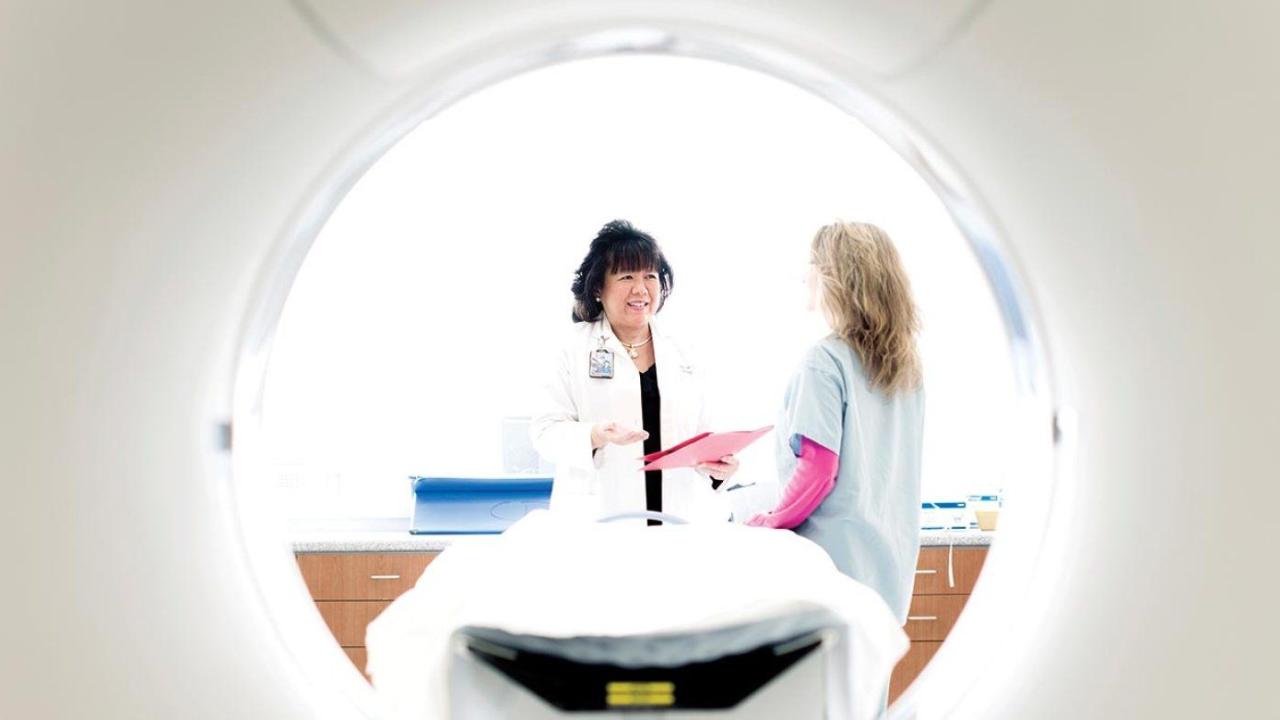
An estimated 300,000 additional employees received colorectal cancer screening in a two-year period, following mandated paid sick leave in 57 metropolitan areas across the U.S. And about 250,000 additional workers underwent breast cancer screenings in a two-year period after the mandate, according to a study led by UC San Francisco and headed by senior author Julie Ann Sosa, MD, of the Department of Surgery at the UCSF School of Medicine.
The findings, published in the New England Journal of Medicine on March 2, 2023, amount to an estimated increase in screening among the those who lacked paid sick leave prior to the mandate of 8.1% and 3.3% respectively, said first author Kevin Callison, PhD, of Tulane University School of Public Health and Tropical Medicine.
THE LACK OF SICK LEAVE
Close to 30% of the national workforce lacks paid sick leave and 18 states have passed pre-emption laws prohibiting municipalities from adopting paid sick leave mandates.
Currently, close to 30% of the national workforce lacks paid sick leave and 18 states have passed pre-emption laws prohibiting municipalities from adopting paid sick leave mandates, the researchers stated.
“Populations who disproportionately lack paid sick leave, such as racial and ethnic minorities and low-income populations, would benefit from a paid sick leave mandate. These populations have traditionally had lower cancer screening rates – and worse downstream outcomes,” said Sosa.
In the study, researchers compared the number of colorectal and breast cancer screening medical claims for 2 million private sector workers living in areas with and without mandated paid sick leave from 2012 through 2019.
“The largest coverage expansion came in 2015 when California mandated paid sick leave for 7 million workers. These mandates are associated with higher rates of screening mammography and colorectal screening,” Sosa said.